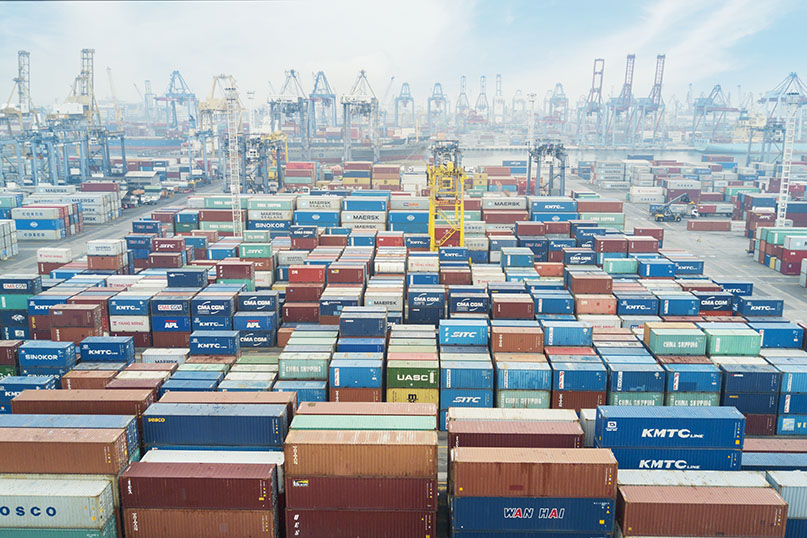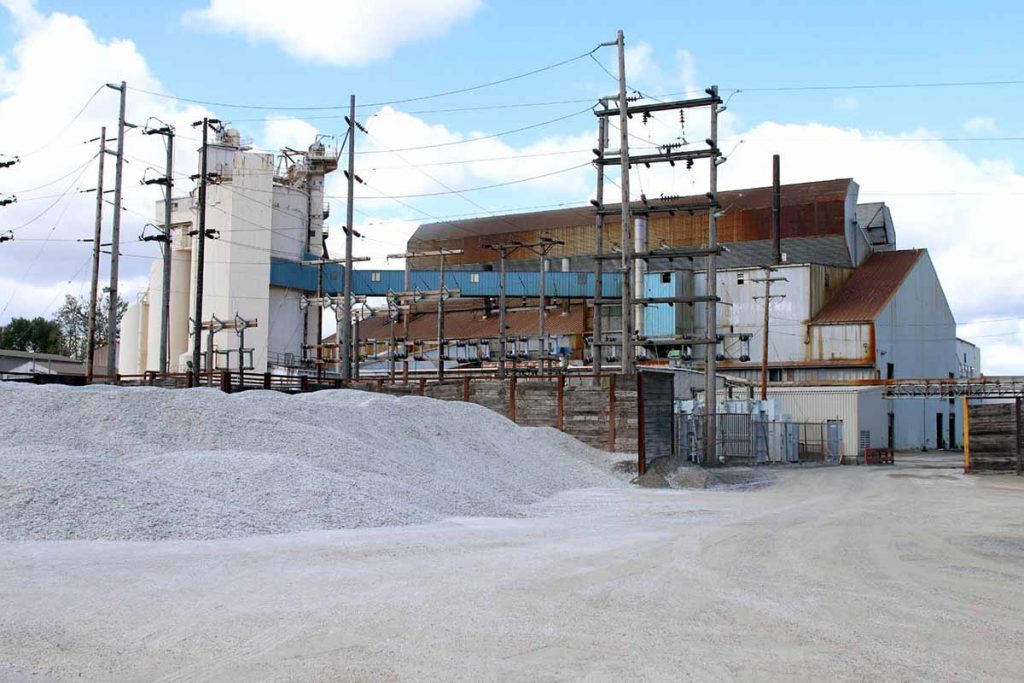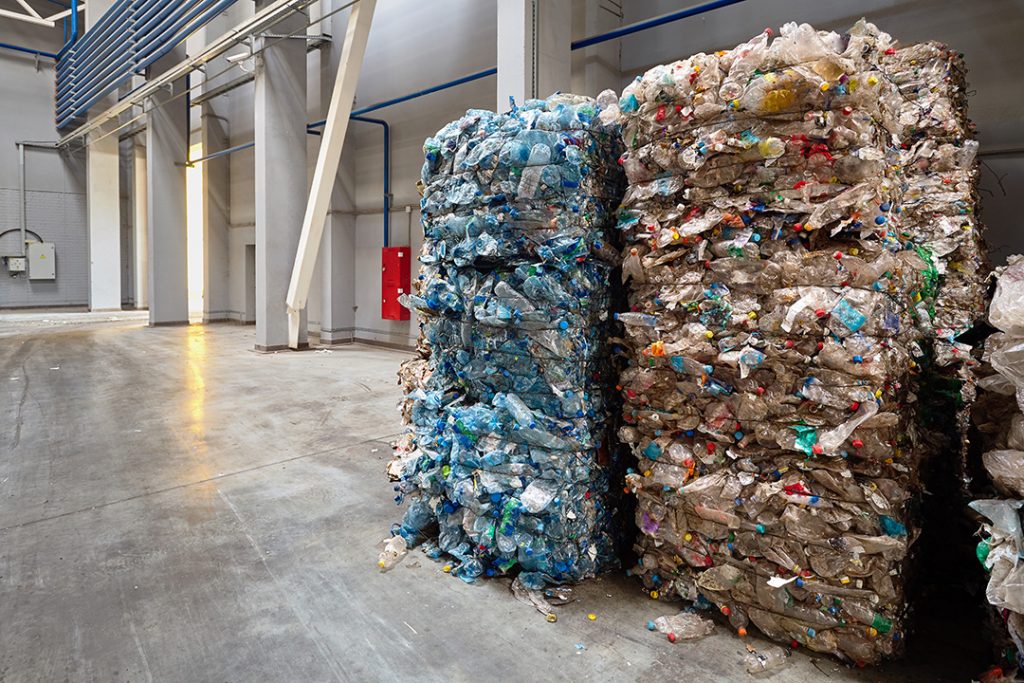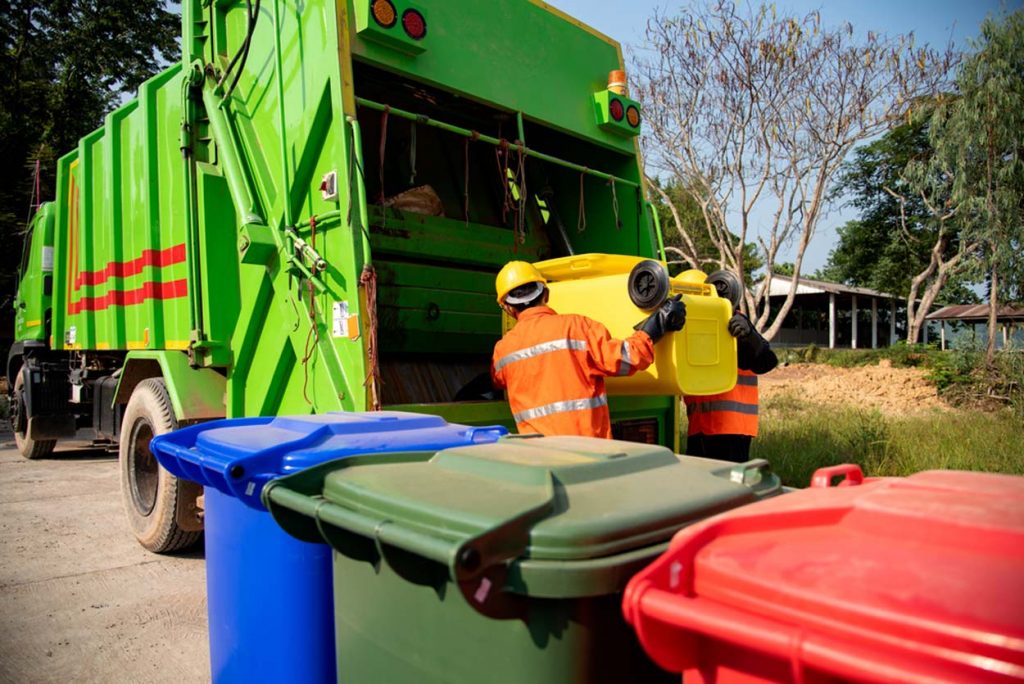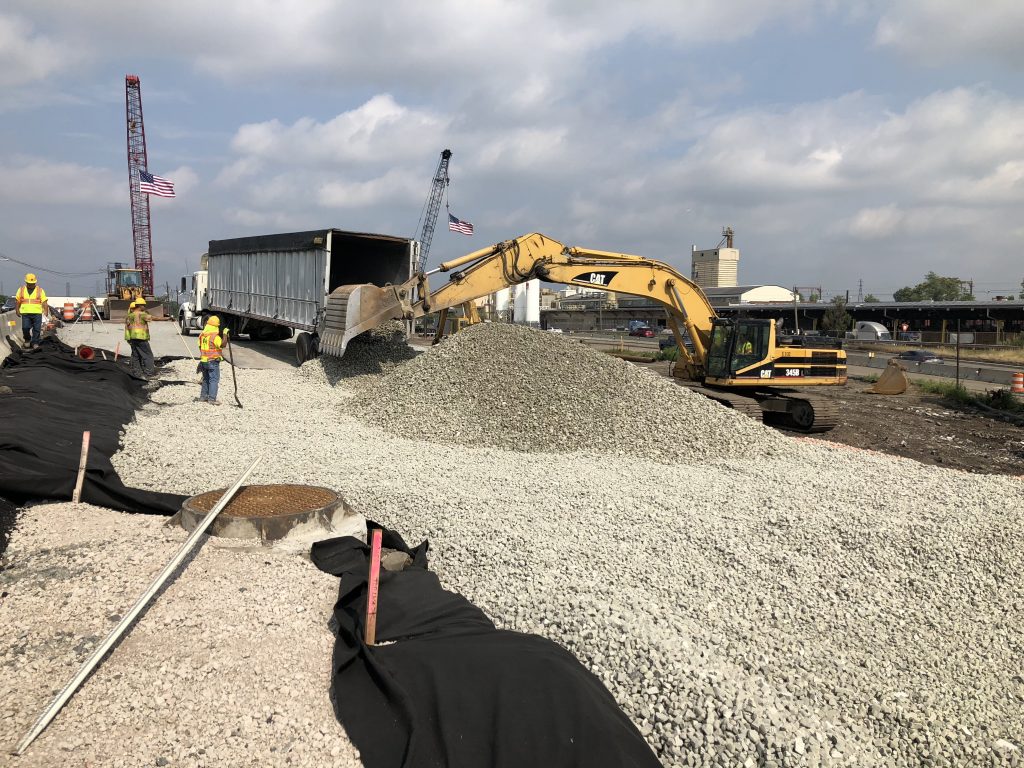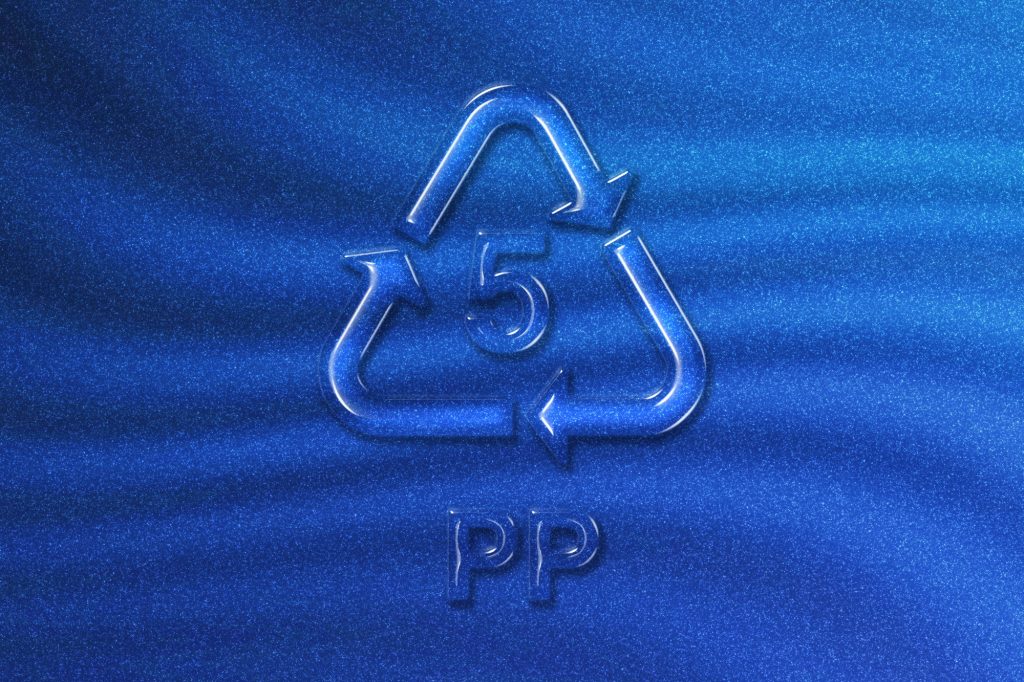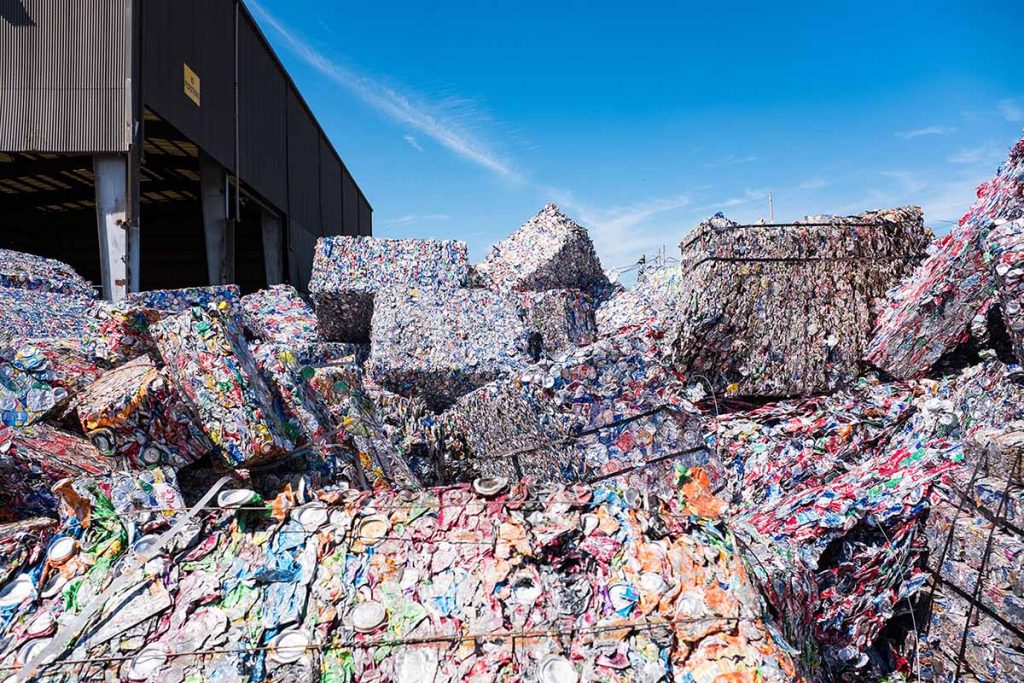
Constellium’s plant in Muscle Shoals, Ala. can annually recycle up to 340,000 metric tons of post- and pre-consumer aluminum scrap. | Courtesy of Constellium
Beverage can manufacturers will direct money into pushing state lawmakers to pass new container deposit laws, as part of an industry effort to boost UBC recycling rates.




